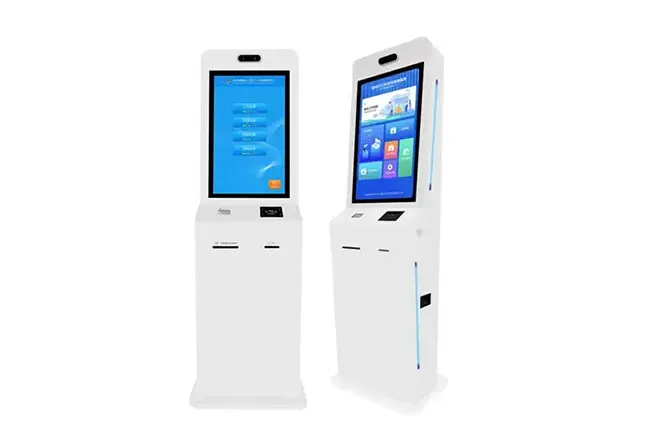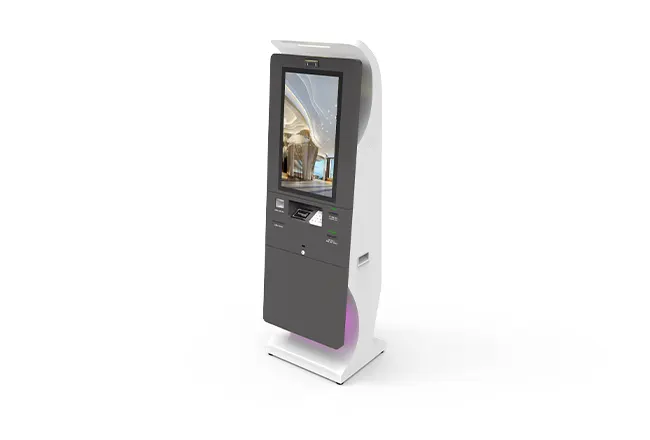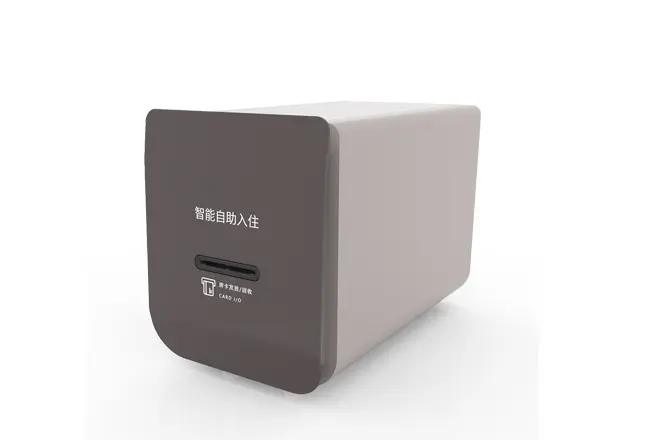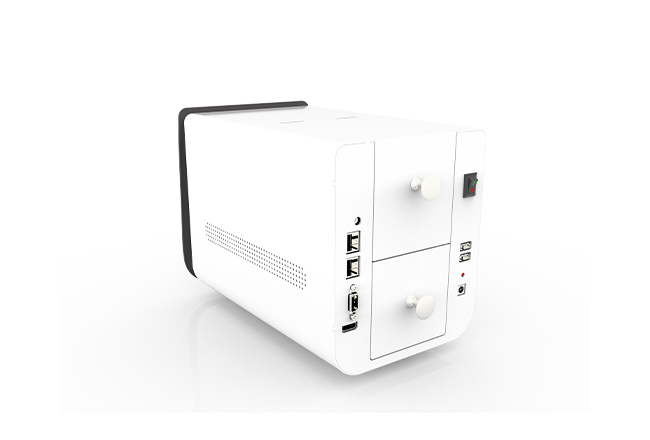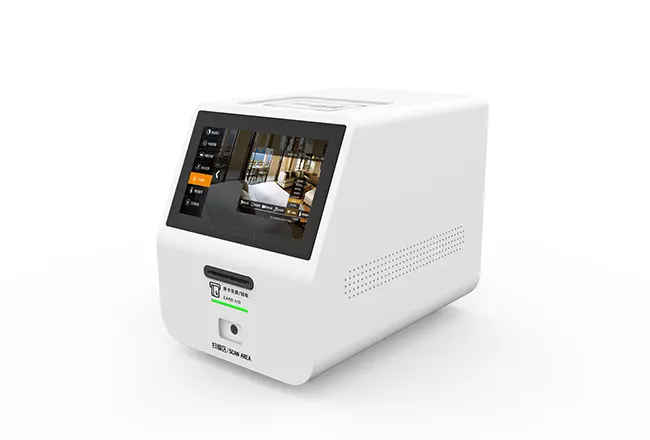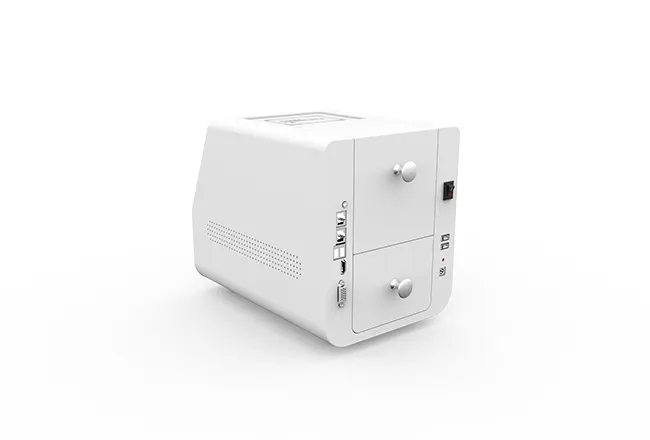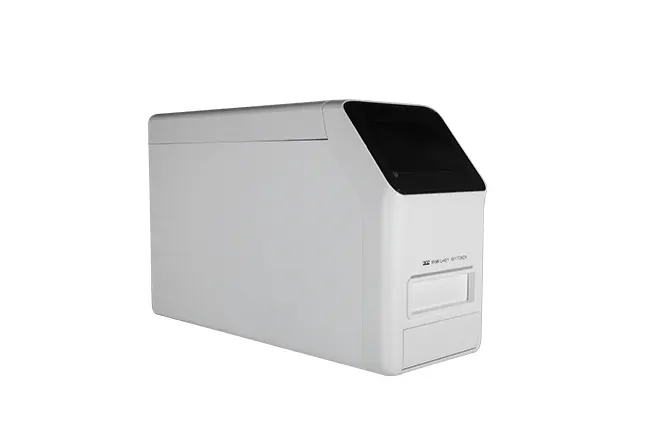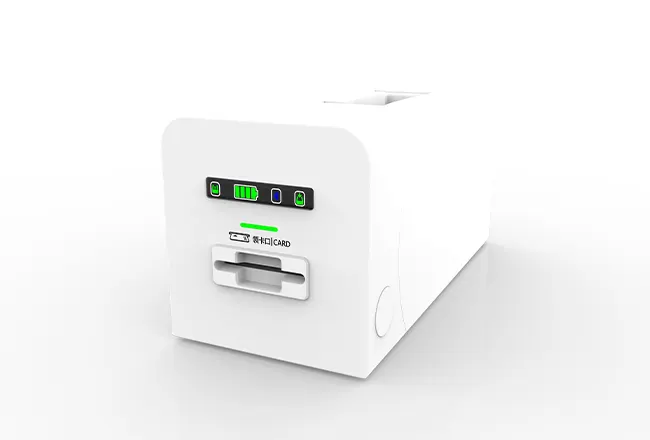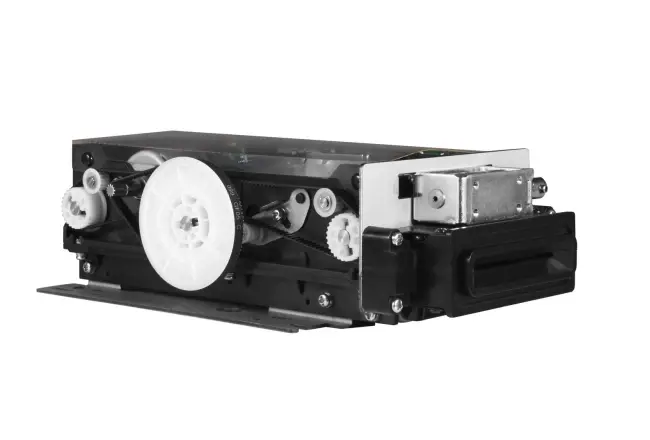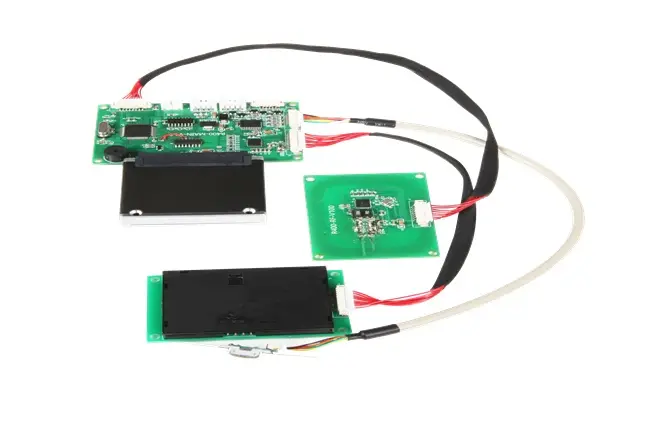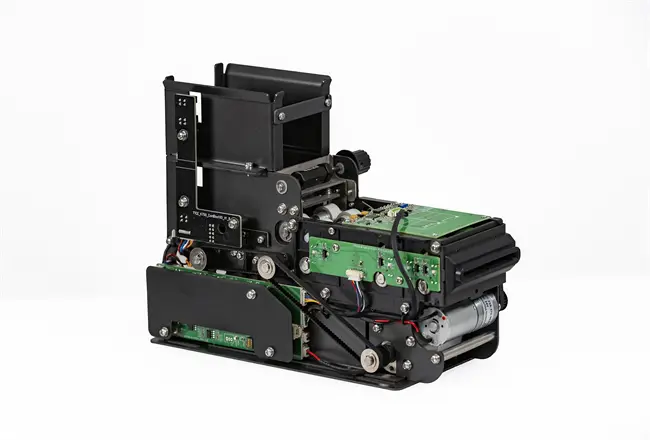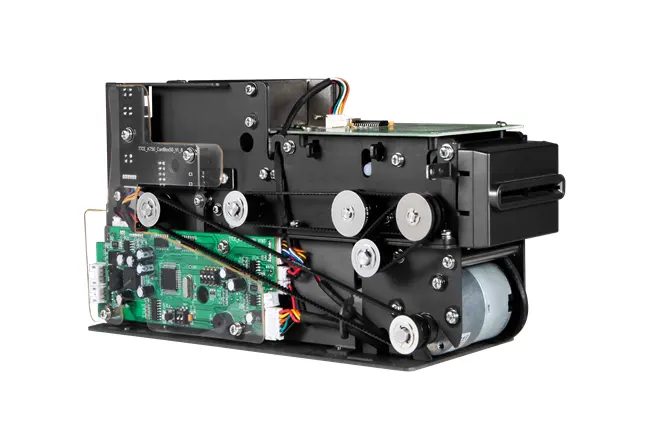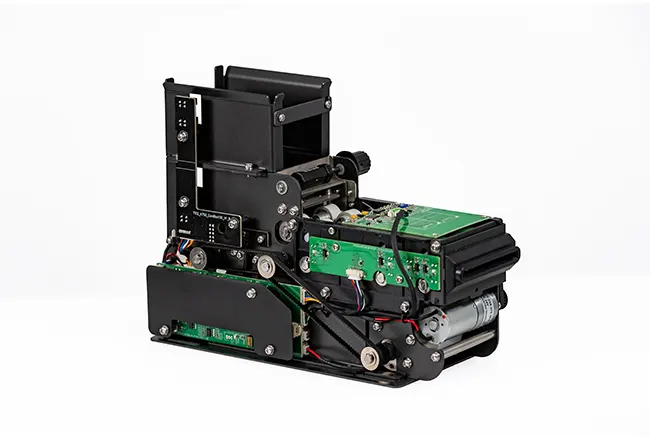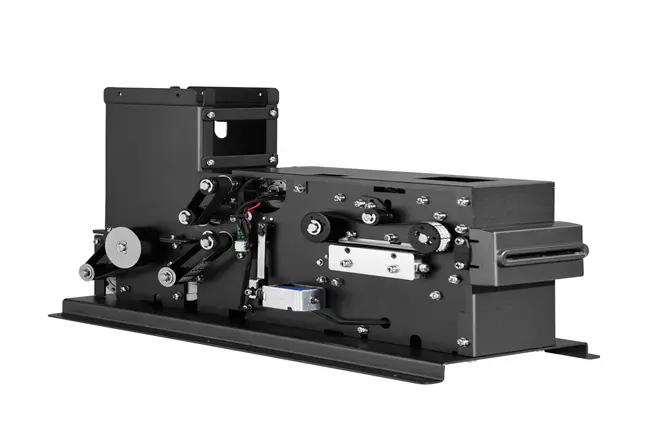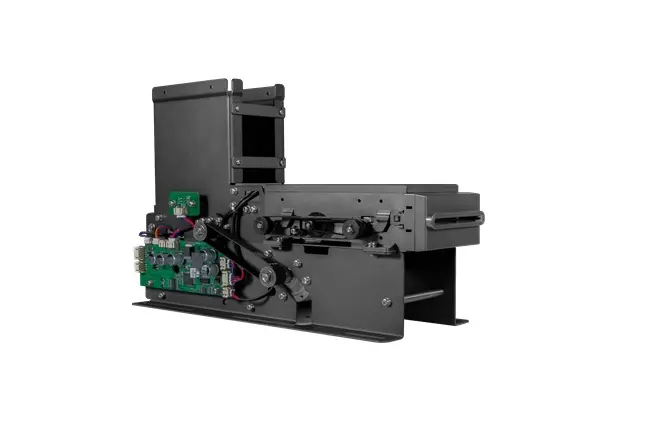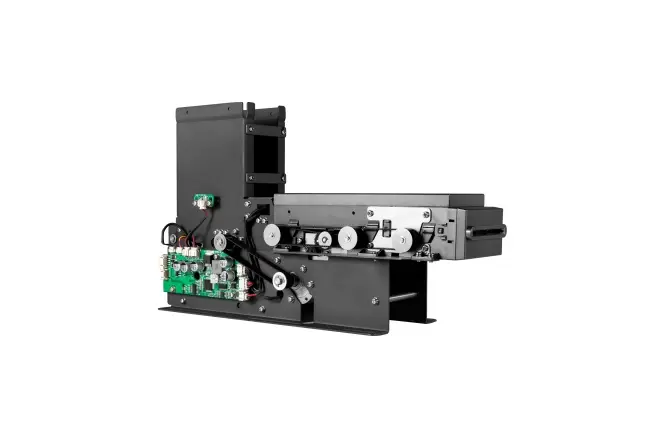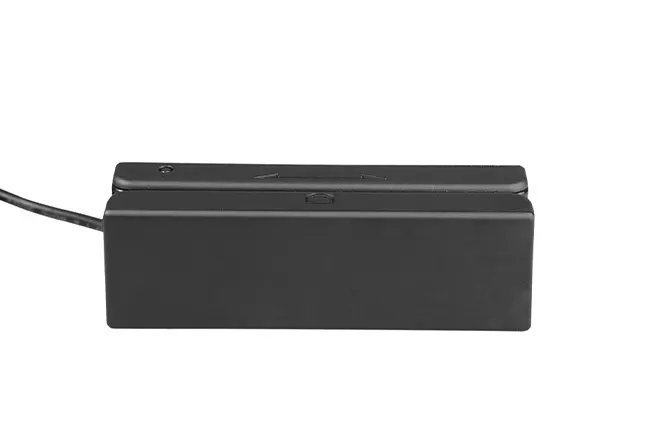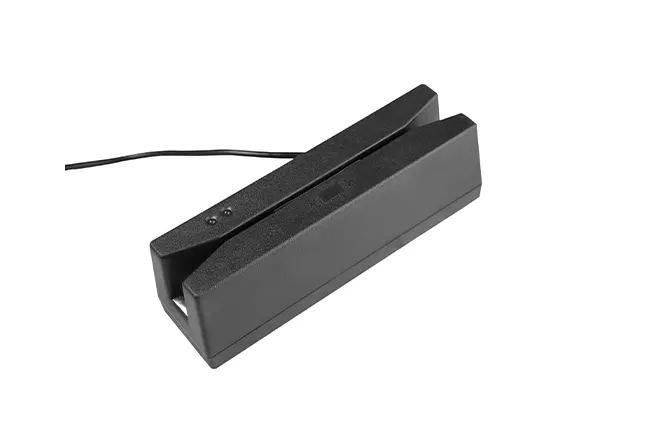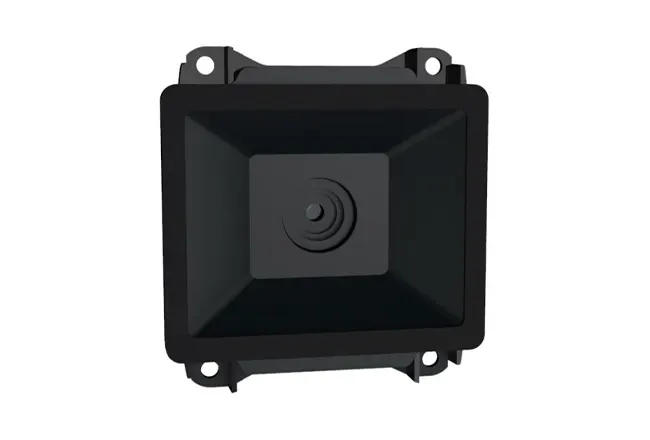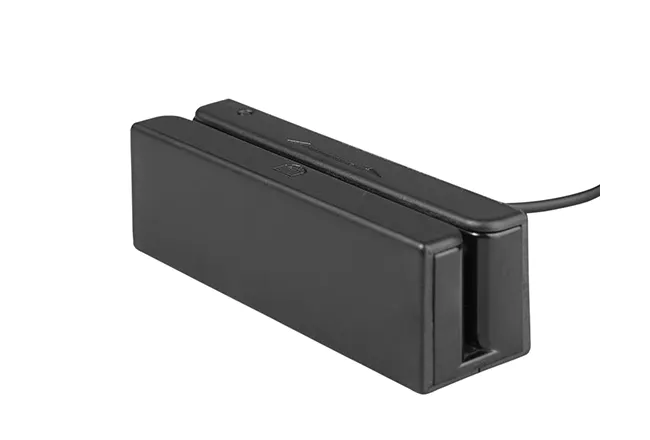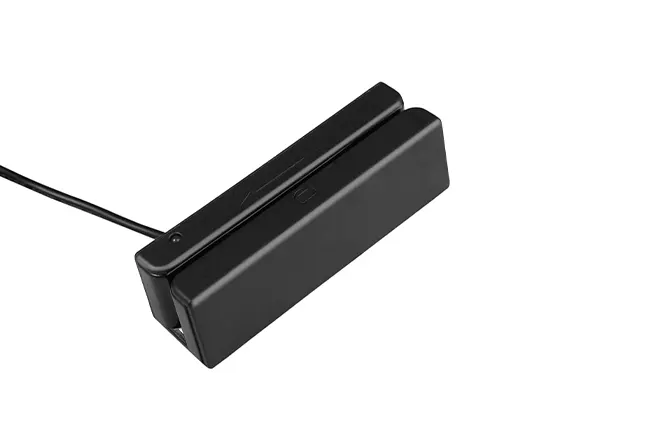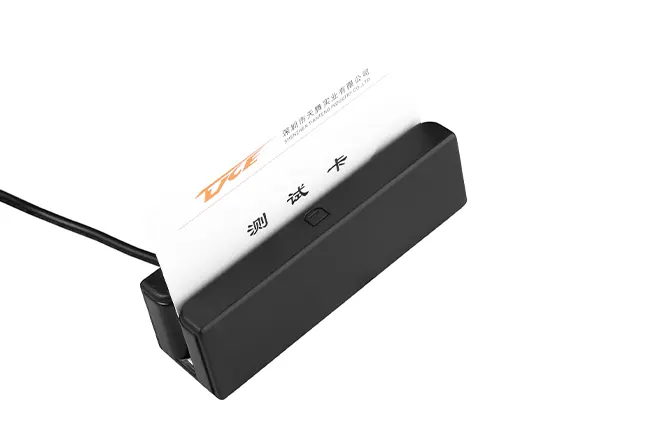Magnetic Swipe Card Reader TTCE-RX180
Three tracks swipe magnetic stripe reader. Small module, swipe card fast and smooth, suitable for many scenarios. Three-track card reader, compact and smooth.
- Magnetic card read only
- RX180 compliance with ISO 7811/7812 standard
- Compact structure
- Interface cable can be customized
- Support Keyboard
- RS232 interface
- Output data is decoded
Features of TTCE-RX180
- Magnetic card read only
- Magnetic Stripe Card Reader: Supports fast and accurate data retrieval.
- High Durability: Designed for long-term, frequent use with minimal maintenance.
- Compact & Lightweight: Easy to integrate into various systems.
- Fast & Secure Transactions: Ensures smooth and error-free card processing.
- Seamless System Compatibility: Ideal for banking, retail, access control, and transportation applications.
Details of TTCE-RX180
The TTCE-RX180 Magnetic Swipe Card Reader is a high-performance device designed for accurate and secure reading of magnetic stripe cards. It is widely used in banking, retail, access control, and self-service kiosks, offering smooth and fast card transactions. With a compact and durable design, it ensures long-lasting reliability while seamlessly integrating into various systems.
- RX180 compliance with ISO 7811/7812 standard
- Compact structure
- Interface cable can be customized
- Support Keyboard
- RS232 interface
- Output data is decoded
Specification of TTCE-RX180
| Card Type | Magnetic card: ISO7810, ISO7811 -(1-6), ISO7812, ISO7813 And ISO15457 |
| Card Specification | Material: Paper card and PC card Width: 54 ± 0.5 mm(W) Length: 85 ± 0.5 mm Thickness: 0.76 ~0.9 mm |
| Power Supply | DC5V |
| Operation Current | Idle:<10mA |
| Interface | RS232/USB |
| Environmental Conditions | Operation Temp: -5℃ to 55℃ Operation Humi: 20~90% (Relative Humidity) |
| Life Time | Magnetic head: 800,000cycles |
| Certified | |
| Weight | About 75g |
Application of TTCE-RX180
In banking and financial services, it is used for ATM transactions and secure payment processing. Retail businesses integrate it into POS systems for fast and seamless checkout. Access control systems utilize it for employee and visitor authentication in offices, hotels, and restricted areas. Public transportation hubs employ it for ticketing and fare collection, ensuring smooth passenger flow. Additionally, self-service kiosks rely on it for membership verification and secure transactions.
Our Advantages
With an experienced R&D team, We can satisfy the diverse customization needs of our customers.

Expert Team and Customized Services
Our professional team excels in collaboration, delivering high-quality results while offering customized solutions to meet each customer’s unique needs and specifications.

Comprehensive One-stop Solution
We provide a complete package, from initial manufacturing to ongoing support, including tailored ODM and OEM services, ensuring a seamless experience.

Global Export Experience
With 23 years of development, our modules are exported worldwide, bringing extensive market insights and customer experience across global markets.
Contact Us

Online Message
For a faster response, you can contact via phone or WhatsApp: +86 18926404886 /+86 15968118931.

